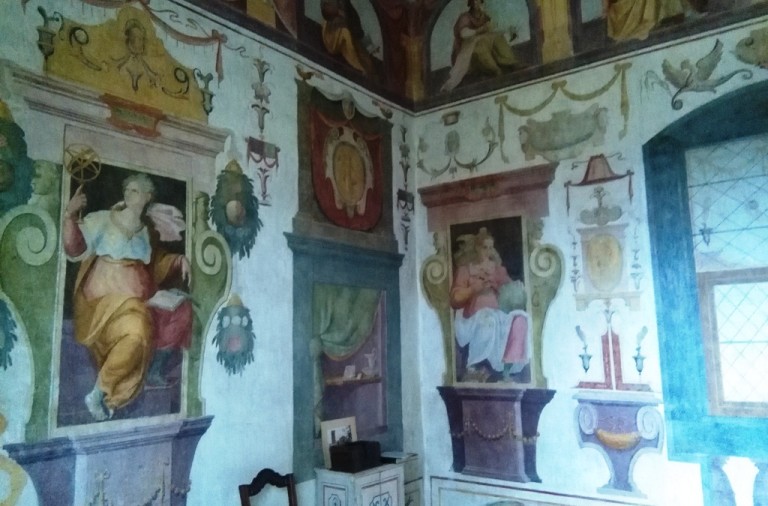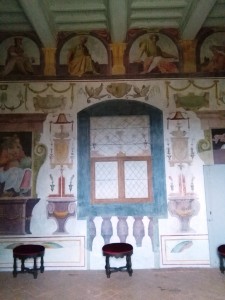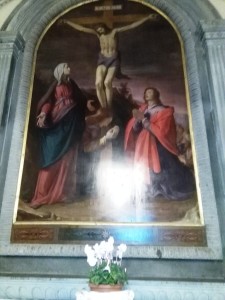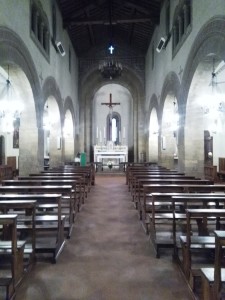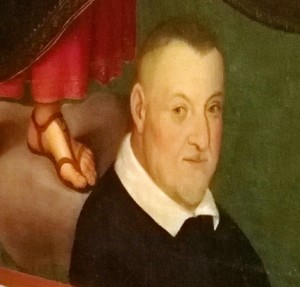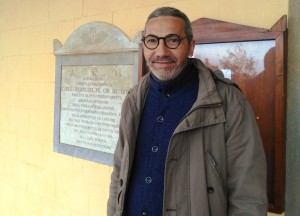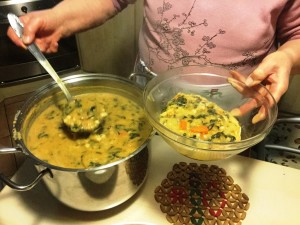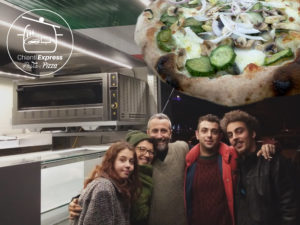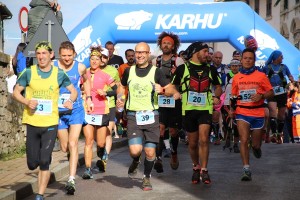Articolo disponibile anche in: Italian
Don Stefano, originally from Gioia del Colle in the province of Bari, has been in Tuscany for a very long time. Last September he became in charge of the San Pancrazio parish.
 The church holds many artistic and architectural masterpieces and will soon be opened to the public with guided tours.
The church holds many artistic and architectural masterpieces and will soon be opened to the public with guided tours.
Chosen by the minister of Cultural Goods as a destination to visit along the grand roads of culture, the “Pieve” of San Pancrazio, most likely built in the 800s, is a perfect example of Romanic architecture in its central body, although it has gone through changes over the years.
“Around 1560,“ begins don Stefano, “Niccolò Cavalcanti was a churchgoer here. Left a widower with two children, he dedicated all his belongings to this place, making it a sort of Florentine home. He enlarged and restored the adjacent rectory which became his home, signing all of his work and adding the family coat of arms”.
“Cavalcanti did something important, together with the Compagnia of Santa Cecilia and San Pancrazio. They gave support to the girls who wanted to get married by giving them a dowry,” the priest tells us.
Don Stefano opens the doors to the church for us and, among the most important works of art concert there, is the painting by Cenno di Francesco, “La Madonna del Latte tra i santi Giovanni Battista e Giovanni Evangelista”, painted in the 1400s.
There is also the “Crocifissione” of 1590, commissioned to Santi di Tito by Cavalcanti. It is said that he came here to paint this while he was restoring the Villa Corsini.
“The church, as we see it now,” don Stefano tells us, “is the result of the latest restoration of the 1900s. In it, there is living history. It is not stuck in a particular historic period, but all of those who’ve passed through left something inside”.
We go up the stairs through the rooms of the rectory which the parishioners tidied up with hard work, while Don Stefano tells us a little of history. We then arrive at the famous “Studiolo del Cavalcanti”, a place of meditation and study.
“This space,” he tells us, “represents a cultural and spiritual itinerary, because this important person from the 1500s not only created a place to live but one in which his faith and culture are mirrored. All of the arts are represented on these walls. ”La Grammatica” has a baton pointing upward to indicate God illuminating the knowledge of men. Dante, Boccaccio, Petrarca and Guido Cavalcanti, Niccolo’s ancestor, are depicted here next to sages of the past like Talete, Sophocles, Virgil, Socrates,Strabone and Empedocles”.
In an adjoining room where many objects and paintings which still need to be organized are found, we surprisingly find a painting by Gheri, depicting Niccolò Cavalcanti.
We can give this person from the past a face, because it seems like he still lives here; everything speaks about him. Especially in the study, the spirit of this man from the 1500s was re-created.
“Here,” concludes don Stefano, “I believe that Cavalcanti was cured of grieving the loss of his wife. I wish that many would come to visit this church, rich with stories to be told”.
Silvia Luis
